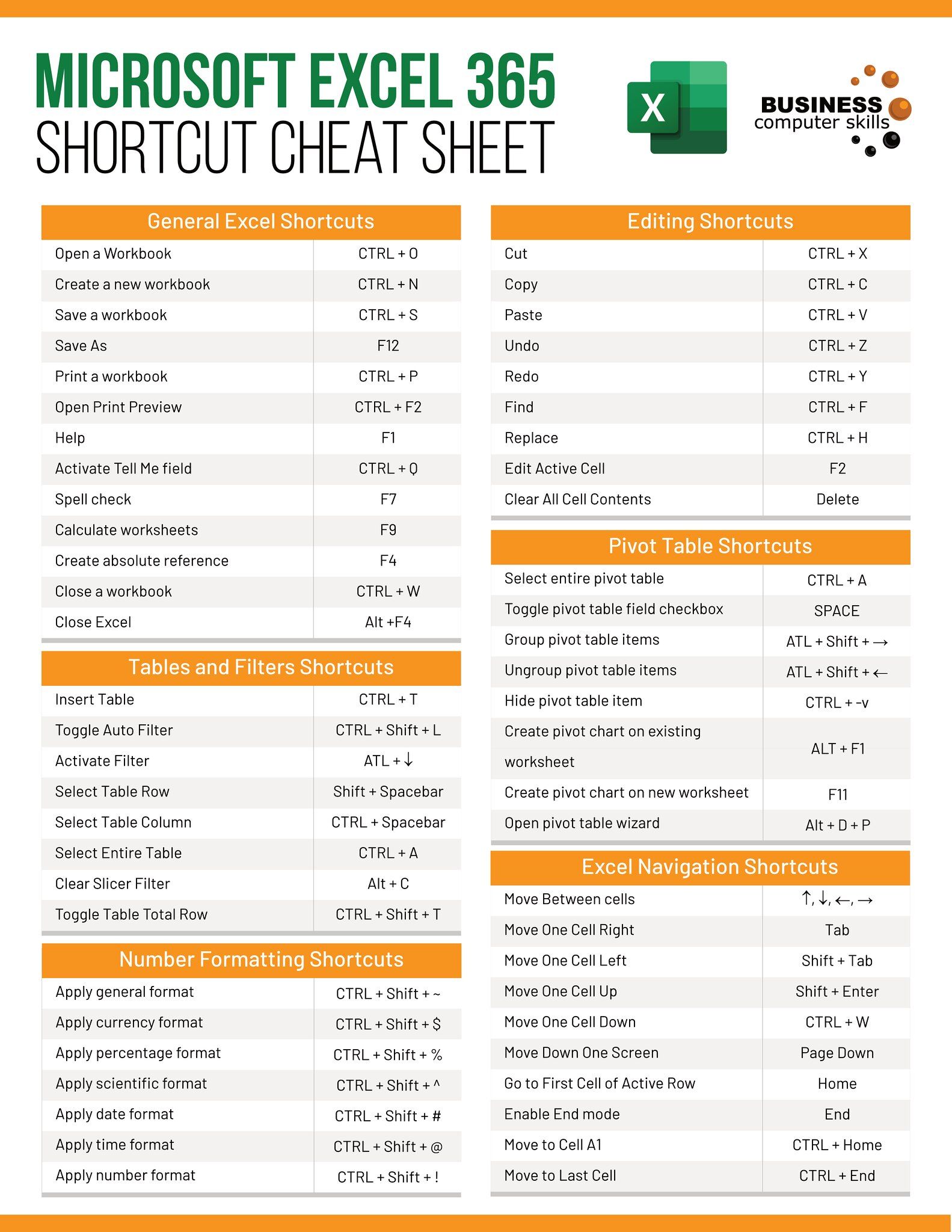Excel Tip: Pulling Data from Different Sheets Easily

Have you ever been in a situation where you're juggling multiple spreadsheets, trying to compile data into one cohesive report or analysis? It's a common scenario in many workplaces, and managing it efficiently can feel like a daunting task. However, Excel provides a powerful feature that can simplify this process: pulling data from different sheets. In this blog post, we'll explore several methods for extracting and combining data from various Excel sheets to streamline your workflow.
Why Pull Data from Different Sheets?

Before diving into the how-to, let’s understand the ‘why’. There are several advantages to mastering this skill:
- Organization: By segregating data into different sheets, you keep your workbooks clutter-free and easy to navigate.
- Flexibility: You can manage large datasets or different aspects of a project without the confusion of an overcrowded single sheet.
- Efficiency: Automating data retrieval from various sheets can save time and reduce errors.
- Dynamic Reporting: Easily create reports that update automatically when source data changes.
Method 1: Using Simple Formulas

The simplest way to pull data from one sheet into another is by using a direct reference in a formula.
- Start by navigating to the cell where you want to display the data.
- Enter
=‘SheetName’!CellAddressto reference data from another sheet. For example, if you want to reference cell A1 from Sheet2 in Sheet1, you would write=Sheet2!A1in the desired cell of Sheet1.
🔍 Note: Remember to adjust the sheet name and cell reference according to your workbook setup.
Method 2: Using the VLOOKUP Function

VLOOKUP can be particularly useful if you need to retrieve data based on matching values.
- Enter
=VLOOKUP(lookup_value, table_array, col_index_num, [range_lookup])into the target cell. For instance, if you want to look up a part number in a list of parts in another sheet, your formula might look like:
=VLOOKUP(A1,Sheet2!A2:C100,3,FALSE)
Here, A1 is the cell containing the lookup value, Sheet2!A2:C100 is the range where you’re looking for this value, 3 is the column index of the data you want to return, and FALSE specifies an exact match.
Method 3: Consolidate Function

When you need to summarize data from multiple sheets, the Consolidate function is your ally.
- Select the range where you want the consolidated data.
- Go to the Data tab, click on Consolidate, and choose the function you need (e.g., Sum, Average).
- In the reference boxes, type in the ranges from different sheets separated by commas.
- Check the Top row, Left column, or both boxes if your ranges include labels.
🔍 Note: Consolidate works best with similar structured ranges across sheets.
Method 4: Power Query for Advanced Data Manipulation

For more complex scenarios, Power Query (Get & Transform Data) provides a robust solution.
- Go to the Data tab, and click Get Data > From Other Sources > From Excel Workbook.
- Select your workbook and click Import.
- Power Query will allow you to combine, filter, or transform data from multiple sheets:
- Combine Queries: Merge or append data from different sheets.
- Filter and Transform: Clean data, remove duplicates, or apply conditional formatting.
Once you’ve configured your query, load the results back into Excel as a new table.
To wrap up, pulling data from different sheets in Excel not only organizes your workbook but also boosts your efficiency in data analysis and reporting. Whether you're using basic formulas for quick references, VLOOKUP for item-specific data retrieval, or diving into Power Query for complex data manipulation, Excel has tools for every level of user. Each method has its unique applications and can significantly enhance your productivity when used appropriately. Remember to choose the method that best fits your data needs and the complexity of your task for optimal results.
Can I use these methods to pull data from closed workbooks?

+
Not directly with the mentioned methods. However, you can use Excel’s external data connection or VBA (Visual Basic for Applications) for such scenarios.
What if my sheets are in different workbooks?

+
You can still use these methods with slight modifications. For example, with VLOOKUP or Power Query, you would reference the external workbook in your formula or query setup.
How can I avoid errors when using VLOOKUP across sheets?

+
Ensure your lookup_value exists in the table_array, keep table_array absolute (e.g., A2:C100), and consider using the IFERROR function to handle potential errors gracefully.



